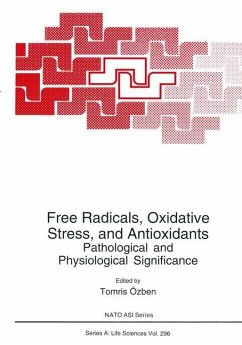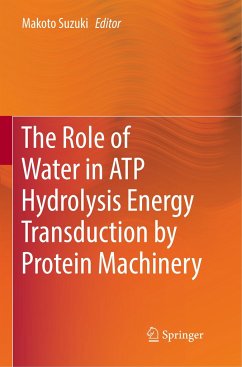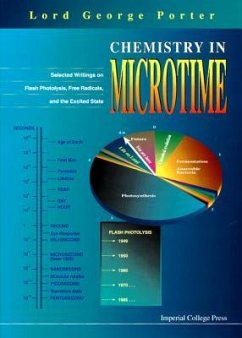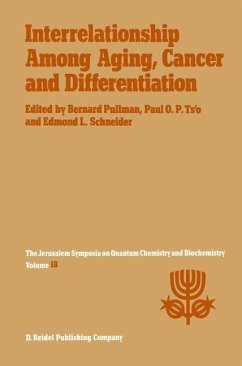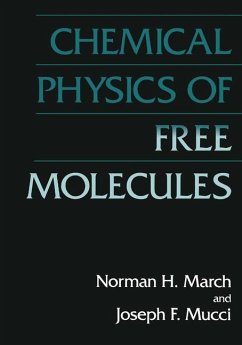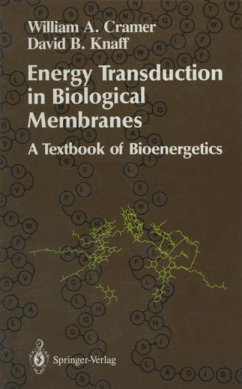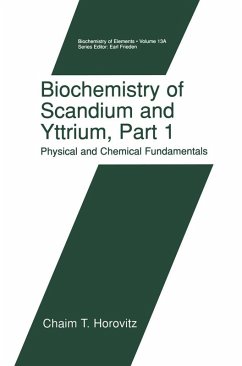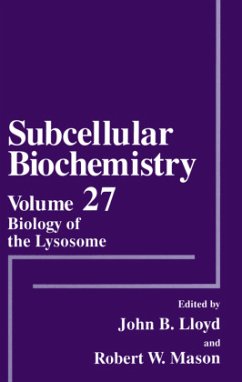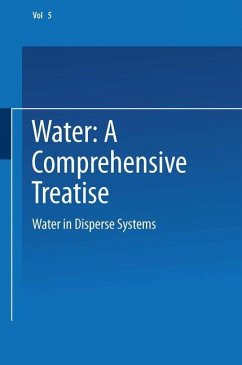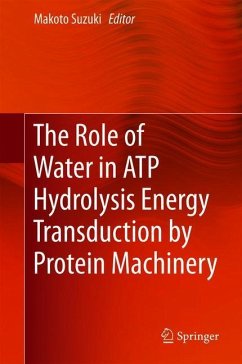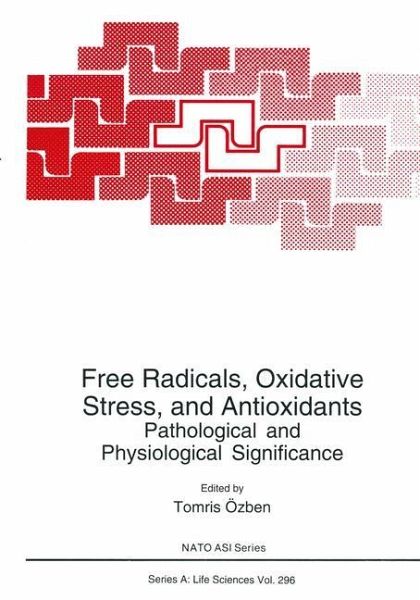
Free Radicals, Oxidative Stress, and Antioxidants
Pathological and Physiological Significance
Herausgegeben: Özben, Tomris
Versandkostenfrei!
Versandfertig in 1-2 Wochen
116,99 €
inkl. MwSt.

PAYBACK Punkte
58 °P sammeln!
There has been an explosion of research related to free radicals and antioxidants in recent years, and hundreds of laboratories worldwide are actively involved in many as pects of free radicals, oxidative stress, and antioxidants. The literature on these topics in creases exponentially every year. Over the last few years, we have been fortunate to witness a widespread recognition of the important role of free radicals in a wide variety of pathological conditions including diseases such as atherosclerosis, cardiovascular and neurological diseases, ischemia, emphysema, diabetes, radiation injury...
There has been an explosion of research related to free radicals and antioxidants in recent years, and hundreds of laboratories worldwide are actively involved in many as pects of free radicals, oxidative stress, and antioxidants. The literature on these topics in creases exponentially every year. Over the last few years, we have been fortunate to witness a widespread recognition of the important role of free radicals in a wide variety of pathological conditions including diseases such as atherosclerosis, cardiovascular and neurological diseases, ischemia, emphysema, diabetes, radiation injury, cancer, etc. In ad dition, many laboratories are studying the role of free radicals in the inexorable process of aging. Increased evidence involves free radicals with the etiology of various diseases, thereby suggesting the use of antioxidants as a viable therapeutic approach for the treat ment of free radical mediated pathologies. Despite these impressive developments, many important aspects of free radical and antioxidant research are open for investigation. It is important to understand the overall mechanisms involved in free radical mediated physiological and pathological conditions. This knowledge will undoubtedly lead to the development of new therapeutic approaches to prevent or control free radical related diseases. This book contains the proceedings of the NATO Advanced Study Institute (ASI) on "Free Radicals, Oxidative Stress, and Antioxidants: Pathological and Physiological Sig nificance," which was held in Antalya, Turkey from May 24-June 4, 1997.





